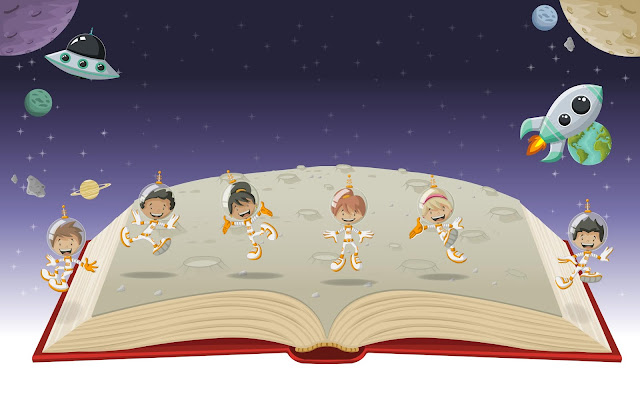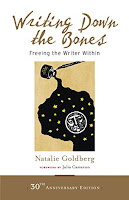Jacket Flap Copy from Book:
Captain Green is back and this time he’s creating a gadget to help save the planet. As he fine-tunes his invention, disaster strikes. Hornbill’s tree has been chopped down and there’s tree trouble for Elephant and Orangutan too. Captain Green scrambles to finish his invention - a TREE MACHINE - and zooms to the rescue! ZAP! ZOOP! ZINK! Trees pop up all around until… BANG! Oh no! How will Captain Green save the animals now?
CAPTAIN GREEN AND THE TREE MACHINE (Marshall Cavendish) is the second story in an eco-adventure series (illustrated by Danny Deeptown), featuring a young superhero on a mission to help keep the planet clean and green. In the first story, CAPTAIN GREEN AND THE PLASTIC SCENE, the Captain sets off to save some sea creatures in trouble with plastic. [Ad: Click on Links to buy book.]
This time around, he is attempting to create a gadget to help save the planet. As Captain Green fine-tunes his invention, disaster strikes. Hornbill’s tree has been chopped down and there’s tree trouble for Elephant and Orangutan too. Captain Green scrambles to finish his invention - a TREE MACHINE - and zooms to the rescue! ZAP! ZOOP! ZINK! Trees pop up all around until… BANG! Oh no! Captain Green must find a new way to save the animals.
Join Captain Green by purchasing a book HERE
Deciding on the topic for Captain Green’s second eco-mission took some time. I had drafted a story focused on climate change, set in the Arctic. I batted with it for a while, and then one day, decided to take elements from it (like Captain Green's FREEZE MACHINE) and use them in a new story about deforestation (now with a TREE MACHINE). It is said that nothing is wasted in writing! The initial draft seemed to just write itself, and it felt right and more the story I wanted to tell.
Thanks for having me Lynne Marie.
Keep It Green everyone!
Evelyn
Her first picture book, CAPTAIN GREEN AND THE PLASTIC SCENE, also illustrated by Danny Deeptown, won a Northern Lights Book Award for Children’s Environmental Fiction.
Website Link www.evelynbookless.com
Social Media Links Twitter: @evelynbookles Instagram: @evelynbookless
Facebook @evelynbooklessauthor


















































